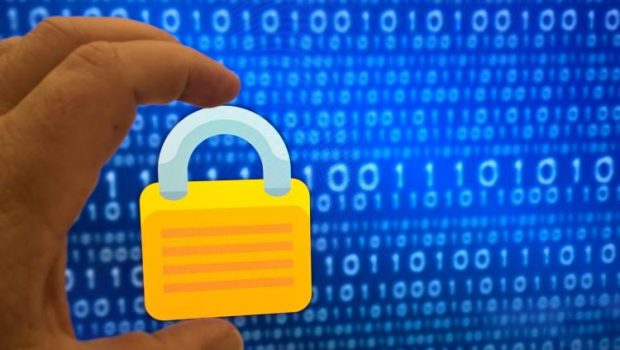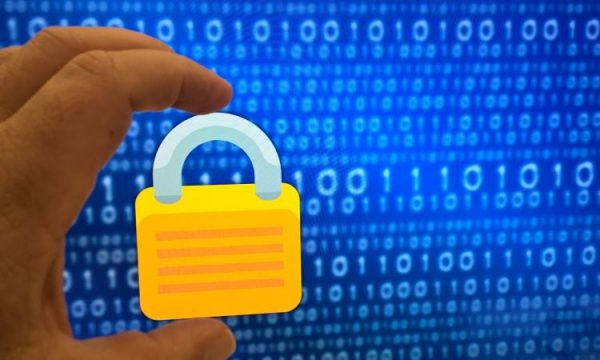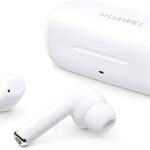7 Kickass Tips to Create Strong & Secure Password
With the increase in social media and access to the technology, increases the number of hacks and scams on the internet. There are a lot of hackers and scam artists out there which can make your digital life a huge pain. And all that can protect you is your password, a strong and a secure password.
In this article, you are going to learn some super cool tricks with which you can make your password even more secure without making it difficult to remember.
Component of a Strong Password
As you must have seen, these days most of the websites have a particular format for the password. For e.g., a minimum number of letters, upper case letters etc. So, why do they do it? They do it in order to make your password unique and even stronger to save it from the hackers. A strong password must contain a minimum of eight letters. It should be a combination of both upper and lower-case letters. One can make it even stronger by adding special characters to it such as ‘@, /, #, %’. And lastly just make sure your password is not forming a real word. Always add something more to it so as to make it unique.
These were the components of a strong password which will help you protect your account and you can rely on it.
However, you can use Norton password generator tool to create strong password & after that just go through below mentioned tips to confirm whether generated password is strong enough or not. But how to make it that way? Let’s see.
1. Padding
As you learned earlier, a password must have a minimum of eight letters. Making it long increases the odds to crack it. Padding is a process where you do not essentially change the word but make it longer. Its basically writing a word and then adding some more characters to increase its length. For e.g., suppose you want to make “Creation” as your password. It’s long enough with * digits in it, but is it unique?
No, it’s not. So, in order to make it unique and strong, we can add some more characters to it so it’ll become “Creation@@@”. It doesn’t just increase the word count of your password but makes it even difficult for hackers to crack it. You can use any character or even just letters for the same purpose.
2. Use of Phrases
So, if you are not sure you can remember different characters for each account you have, here’s what you can do. A word might not be long enough for a strong password, but a phrase can be. It’s one of the best ways to increase the word count of your phrases and they’re not even difficult to remember. So, you won’t have to add any extra special characters. But as you learned earlier, you should avoid forming a perfect word, you can remove all the spaces between the words to vary your password. That way, it’ll be strong enough and really unique. But make sure you are not using any common phrase like “iloveyou, or “Letmein”. Use something of your own. For e.g., “I’m hungry right now”
3. Space Bar
The space bar is one of those things that people usually tend to neglect in a password but it’s a gem. Space is a legitimate character. You can put spaces between the letters of a word to make it unique and increase the word count. Or you can remove all the spaces from a phrase. It’s a key to vary your password and add thousands of combinations without even making it complex.
4. Using both Upper and lower-Case letters
We all tend to keep passwords which are related to us or our lives so that it’s easy to remember. It can be a sentence, it can also be a word. But what if that word is too simple to be a strong password, but you want it anyway. You need to add variation to it to make it unique. You can always use a combination of both uppercase and lower-case letters in your password. Even one of such letter increases thousands of new possibilities. So even if you make the first and the last letter of your password an upper case, you’re generating thousands of new permutation and combination. And if you do it in a phrase, your password is uncrackable.
5. Use Numbers
Using a number in your password is again a very simple hack to make your password unique and secure. You come across a lot of different numbers which are related to your life. For e.g., Your mobile number, your flat number or even your date of birth. These numbers are constant in your life and they’re never going to change. So, using such numbers in your password is a great idea. This way, you can make it long, unique and complex without even making it difficult for you to remember.
6. Avoid similarities in username and password
There are some set of passwords which people tend to use the most. The most common password is “Password” itself. The first thing a hacker does before hacking is he tries out these passwords and check if it opens. You need to know that it doesn’t only include some specific word or phrase, but the something similar to the username. There are some people who put their username itself as their password. These people are the first one to get their account hacked. It should be strictly avoided in a password. Avoid using your name too.
7. Always use a unique password for every account
Everyone today has at least 4-5 accounts including social media and emails. We all struggle to remember the password, so as to avoid that, some people use the same password everywhere. Maybe that password is strong and unique, but it doesn’t change the fact that it can be hacked. What you can do to avoid that is keep a different password on every site. That way, even if one of your accounts get hacked, the remaining ones are still safe. Keeping the same password everywhere only increase the possibilities of getting your account hacked.
These were some of the stuff which you should keep in mind while creating any password. In today’s world of hacking and spams, your password is the only thing that can save you. So make it strong and as unique as possible to make your account secure.
















